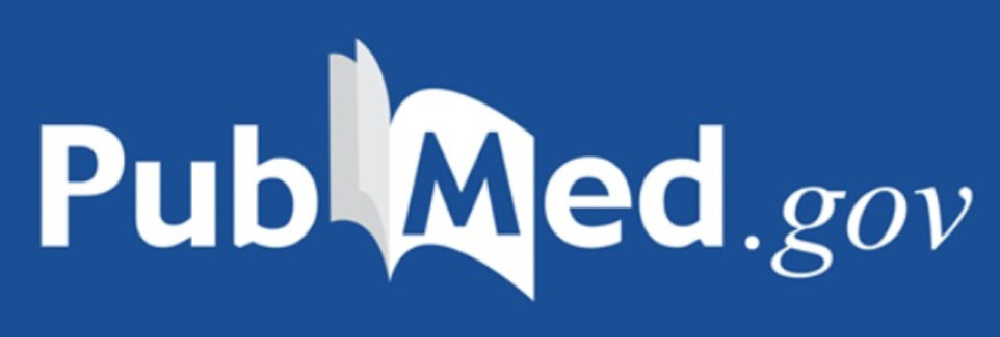Abstract
The COVID-19 pandemic caused by SARS-CoV-2 is a deadly disease afflicting millions. The pandemic continues affecting population due to nonavailability of drugs and vaccines. The pathogenesis and complications of infection mainly involve hyperimmune-inflammatory responses. Thus, therapeutic strategies rely on repurposing of drugs aimed at reducing infectivity and inflammation and modulate immunity favourably. Among, numerous therapeutic targets, the endocannabinoid system, particularly activation of cannabinoid type-2 receptors (CB2R) emerged as an important one to suppress the hyperimmune-inflammatory responses. Recently, potent antiinflammatory, antiviral and immunomodulatory properties of CB2R selective ligands of endogenous, plant, and synthetic origin were showed mediating CB2R selective functional agonism. CB2R activation appears to regulate numerous signaling pathways to control immune-inflammatory mediators including cytokines, chemokines, adhesion molecules, prostanoids, and eicosanoids. Many CB2R ligands also exhibit off-target effects mediating activation of PPARs, opioids, and TRPV, suggestive of adjuvant use with existing drugs that may maximize efficacy synergistically and minimize therapeutic doses to limit adverse/ side effects. We hypothesize that CB2R agonists, due to immunomodulatory, antiinflammatory, and antiviral properties may show activity against COVID-19. Based on the organoprotective potential, relative safety, lack of psychotropic effects, and druggable properties, CB2R selective ligands might make available promising candidates for further investigation.
Keywords: COVID-19, cannabinoids, immunomodulators, inflammation
© 2020 Wiley Periodicals LLC.
Similar articles
-
Selective Cannabinoid 2 Receptor Agonists as Potential Therapeutic Drugs for the Treatment of Endotoxin-Induced Uveitis.Molecules. 2019 Sep 13;24(18):3338. doi: 10.3390/molecules24183338.PMID: 31540271 Free PMC article.
-
Cannabinoids in pain management: CB1, CB2 and non-classic receptor ligands.Expert Opin Investig Drugs. 2014 Aug;23(8):1123-40. doi: 10.1517/13543784.2014.918603. Epub 2014 May 16.PMID: 24836296 Review.
-
Synthesis, in vitro and in vivo evaluation of 1,3,5-triazines as cannabinoid CB2 receptor agonists.Eur J Pharm Sci. 2015 Jan 25;67:85-96. doi: 10.1016/j.ejps.2014.11.003. Epub 2014 Nov 14.PMID: 25447744
-
Activation of cannabinoid receptor 2 attenuates leukocyte-endothelial cell interactions and blood-brain barrier dysfunction under inflammatory conditions.J Neurosci. 2012 Mar 21;32(12):4004-16. doi: 10.1523/JNEUROSCI.4628-11.2012.PMID: 22442067 Free PMC article.
-
Cannabinoid Receptor Type 2: A Possible Target in SARS-CoV-2 (CoV-19) Infection?Int J Mol Sci. 2020 May 27;21(11):3809. doi: 10.3390/ijms21113809.PMID: 32471272 Free PMC article. Review.
References
REFERENCES
-
- Altay, O., Mohammadi, E., Lam, S., Turkez, H., Boren, J., Nielsen, J., … Mardinoglu, A. (2020). Current Status of COVID-19 Therapies and Drug Repositioning Applications. iScience, 23(7), 101303. https://doi.org/10.1016/j.isci.2020.101303
-
- Bassaganya-Riera, J., Song, R., Roberts, P. C., & Hontecillas, R. (2010). PPAR-gamma activation as an anti-inflammatory therapy for respiratory virus infections. Viral Immunology, 23(4), 343-352. https://doi.org/10.1089/vim.2010.0016
-
- Bohn, M. K., Hall, A., Sepiashvili, L., Jung, B., Steele, S., & Adeli, K. (2020). Pathophysiology of COVID-19: Mechanisms underlying disease severity and progression. Physiology (Bethesda, MD.), 35(5), 288-301. https://doi.org/10.1152/physiol.00019.2020
-
- Capone, V., Cuomo, V., Esposito, R., Canonico, M. E., Ilardi, F., Prastaro, M., … Santoro, C. (2020). Epidemiology, prognosis and clinical manifestation of cardiovascular disease in COVID-19. Expert Review of Cardiovascular Therapy, 8, 531-539. https://doi.org/10.1080/14779072.2020.1797491
-
- Channappanavar, R., Fehr, A. R., Vijay, R., Mack, M., Zhao, J., Meyerholz, D. K., & Perlman, S. (2016). Dysregulated type I interferon and inflammatory monocyte-macrophage responses cause lethal pneumonia in SARS-CoV-infected mice. Cell Host & Microbe, 19(2), 181-193. https://doi.org/10.1016/j.chom.2016.01.007


